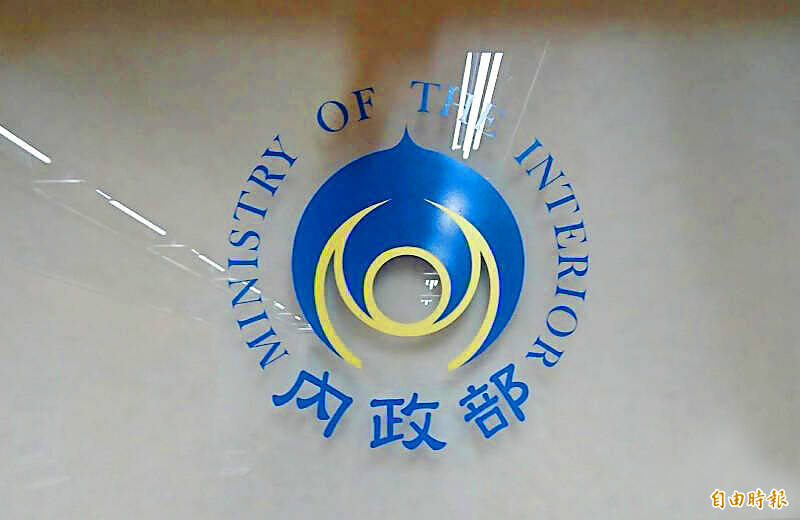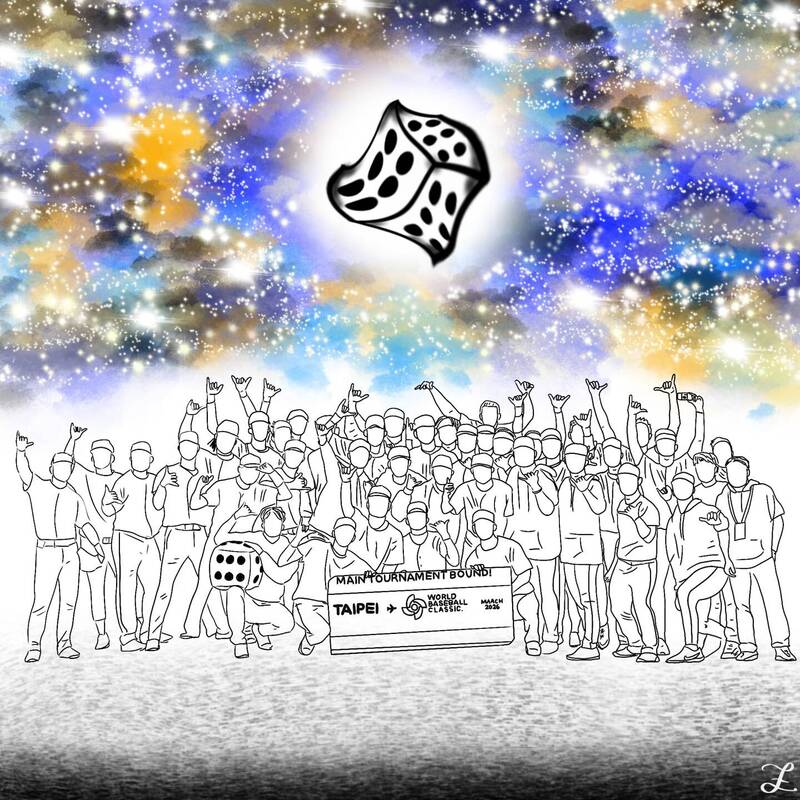《TAIPEI TIMES》Many elderly people living in old walk-up apartments

The Ministry of the Interior logo is pictured in its office in Taipei on June 24. Photo: Huang Ching-hsuan, Taipei Times
By Hsu Yi-ping, Kao Chia-ho and Esme Yeh / Staff reporters, with staff writer
As of June last year, more than 550,000 elderly people, or those aged 65 or older, lived in old walk-up apartments, of whom about 133,100 lived alone and 63,600 cared for an elderly family member, Ministry of the Interior data showed.
More than 4.18 million people in Taiwan were aged 65 or older, and more than 1.5 million of them, or 36 percent, were 75 or older, ministry data from the same period showed.
Of those aged 65 or older, 976,900 lived alone. Among them, 367,200, or 38 percent, were 75 or older and 517,700, or 12 percent, were caring for an elderly family member.
“Double aging care,” or an elderly person caring for an elderly family member, means at least two people are registered as living in the same household without anyone aged 64 or younger, the ministry said.
More than 550,000 people aged 65 or older lived in old walk-up apartments. Among them, 133,100, or 24 percent, lived alone and 63,600, or 12 percent, were caring for an elderly family member.
As of June last year, 13.63 percent of elderly people living alone and 12.3 percent of those caring for an elderly family member lived in old walk-up apartments, the ministry said.
Meanwhile, up to 1.14 million “elderly” households were living beyond their means in 2022, data from the Directorate-General of Budget, Accounting and Statistics (DGBAS) showed.
In 2022, 2.25 million households, or 25 percent of the country’s 8.97 million households, were occupied by people aged 65 or older, the data showed.
The average annual disposable income per “elderly” household in the lowest quintile was NT$351,207, NT$29,214 short of what they would need after deducting consumption expenditure of NT$380,421, the data showed.
That means more than half of “elderly” households could not make ends meet.
The average yearly disposable income per household in the lowest quintile for the 55 to 64 age group was NT$362,490, which was NT$15,624 short after deducting consumption expenditure of NT$378,114.
Meanwhile, the data reflected a large wealth gap among households occupied by people aged 65 or older. The average yearly disposable income per household in the highest quintile in that age group was NT$2,408,088. They had an excess of NT$1,072,425 after deducting consumption expenditure of NT$1,335,663.
Among households occupied by people aged 65 or older, the average annual disposable income per household in the highest quintile was 6.8 times higher than for those in the lowest quintile, although there were only 139,000 people in the highest quintile, which was less than 13 percent of those in the lowest.
The ministry appealed to the government to handle the problem of elderly poverty, as Taiwan is to become a super-aged society next year, with more than 20 percent of its population aged 65 or older.
The growing population of elderly people would require geriatric care and place an economic burden on generations to come, a ministry official said, asking to remain anonymous.
新聞來源:TAIPEI TIMES















